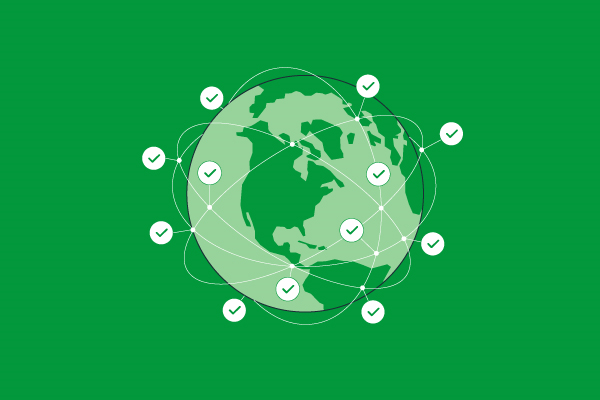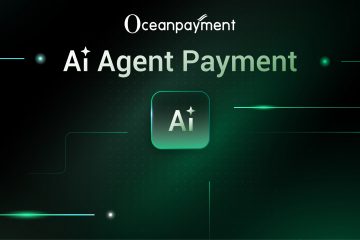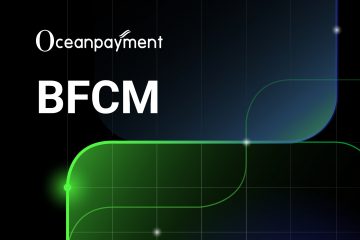Today’s ecommerce merchants have plenty of options when it comes to online payment Platforms. That’s why, in this article, we’ll be reviewing solutions for accepting payments online and discuss about what exactly is a payment gateway? How does it work? How to choose a payment gateway for your website?
Online Payments: Definition and features
Before researching into the definition of payment gateways, we need to identify the key players in online payments. When a customer clicks the “Pay” button on your website, these are the main participants involved in the payment process:
Merchant: This is you, that is, an online business operating in any vertical field (travel, retail, e-commerce, games, foreign exchange, etc.) to provide customers with products or services.
Customers: Customers, also known as cardholders, wish to access products or services sold by merchants and initiate transactions.
Card issuing bank: The issuing bank is the customer bank that issues the cardholder’s credit or debit card on behalf of the card plan (Visa, Mastercard).
Acquiring bank: Also known as an acquiring bank, an acquiring bank is a financial institution that maintains a merchant’s bank account (called a merchant account). The acquiring bank passes the merchant’s transaction to the issuing bank to receive payment.
What is Payment Gateway?
Payment gateway: The interface between the bank financial network system and the Internet network is a set of server equipment operated by the bank to convert data transmitted on the Internet into internal data of the financial institution or a third party designated to process merchant payment information and customer payments instruction.
Any business that collects online payments or accepts credit/debit card payments needs an online payment gateway.
It is important to research and find the correct payment gateway provider that suits your unique needs.
Payment gateways should provide many benefits, namely fast settlement of payments, barrier-free transaction processes, and an excellent overall experience every time.
So, what else should be paid attention to in the payment gateway?
• Security: Secure transactions are the primary requirement of any online payment collection company. Customers must trust transactions, and their personal and financial information is safe during online transactions. It should ensure the security of the information entered by the customer. Such services should comply with PCI standards.
• Customer experience: Payment gateways should provide unique and fast payment processing and payment customization. It should be mobile optimized, safe and convenient, which will provide customers with a seamless shopping experience.
• Global payment acceptance: We live and work in the global market. The payment gateway should support multi-currency transactions
• Merchants settled: Payment gateways should provide the fastest merchants settled, because online transactions are the main demand in today’s world. Processing and setting fees and rates should be in line with the merchant’s budget.
• Payment options: Last but not least, payment gateways should provide multiple payment options. The customer should be able to choose the payment method he/she is most familiar with, which can be credit/debit card, online banking, mobile wallet, UPI or any other method.
How does Payment Gateway work?
From filling in the card information to the final inflow of the payment into the merchant account and settlement, the payment gateway mainly goes through the following steps:
Step 1: After the customer places an order online and pays, he/she needs to enter the credit/debit card details.
Step 2: Use Secure Sockets Layer (SSL) encryption to encrypt the card details in a secure way for sending between the browser and the merchant’s web server.
The payment gateway eliminates the merchant’s Payment Card Industry Data Security Standard (PCI DSS) compliance obligations without having to redirect customers outside the website.
Step 3: After that, the merchant forwards the transaction details to their payment gateway, which is also an SSL encrypted connection with the payment server hosted by the payment gateway.
Step 4: The payment processor forwards the transaction information to the Card Schemes (ie: Visa/MasterCard/American Express).
Step 5: Next, the credit card issuer receives the authorization request, verifies the available credit or debit card, and then sends the response back to the processor (through the same process as authorization) and the response code (that is, approval or rejection). The response code also helps convey the reason for the transaction failure, such as insufficient funds.
Step 6: The processor then forwards the authorization response to the payment gateway, and the payment gateway receives the response and forwards it to the interface for processing the payment. This process is called authorization or “authentication.”
Step 7: After the merchant completes the order, the above process can be repeated, but this time the authorization is “cleared” by completing the transaction.
Normally, the “cleanup” is only initiated after the merchant completes the transaction (ie, the order is shipped).
This causes the issuing bank to “clear” the “auth” (that is, to transfer the auth-hold to the debit) and be ready to settle with the merchant’s acquiring bank.
Step 8: The merchant submits all approved authorizations to the acquiring bank in the form of “batch” (end of day) for settlement through its processor.
If it has not been clearly “cleared”, this will usually reduce or “clear” the corresponding “identity verification”.
Step 9: The acquiring bank sends a batch settlement request to the issuing bank.
Step 10: The credit card issuing bank makes a settlement payment to the acquiring bank (in most cases the next day).
Step 11: The acquiring bank then deposits all approved funds into the merchant’s designated account.
Selecting an online payment platform for your website
Oceanpayment is PCI level 1 full-service payment solutions provider. Think of it as one-stop payment platform, where your payment service provider offers you a flexible, easy to use payment service that includes payment gateway, acquiring, popular Alternative Payment Methods and fraud screening.
Want to find out how we can help you maximize your revenue with our global payment solutions? Talk to our payment experts and start accepting online payments today. Come and get in touch with us!
















Comments are closed.